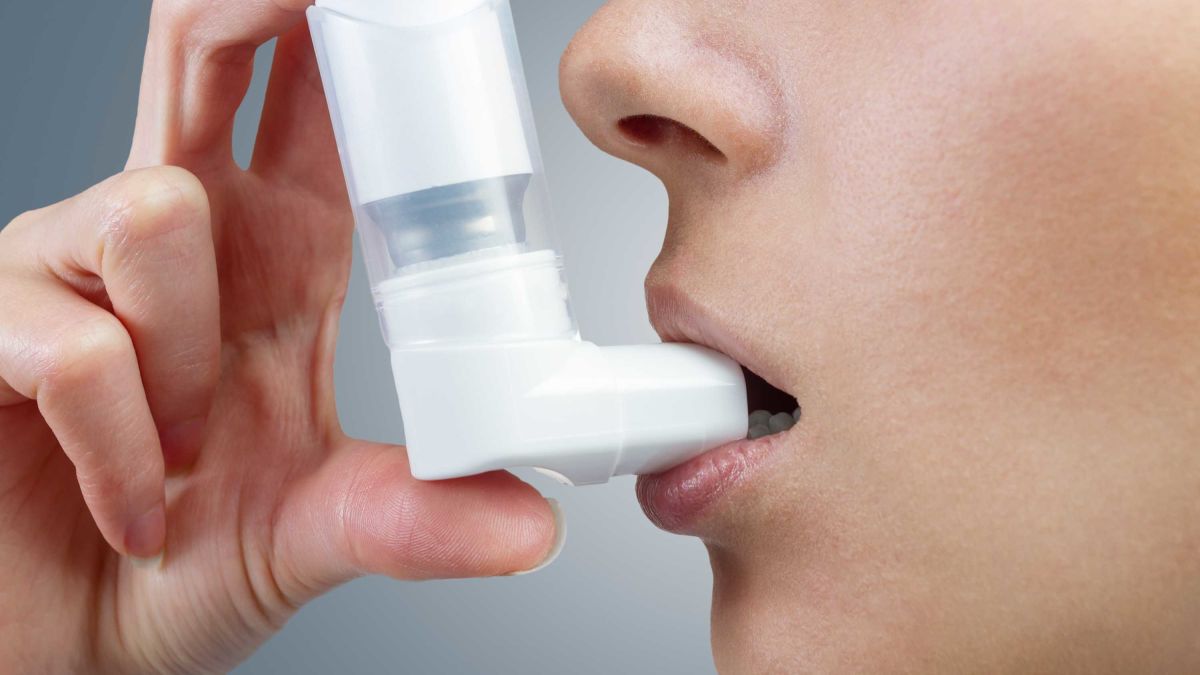What are the symptoms of pulsus paradoxus?
Pulsus paradoxus is a medical condition characterized by a noticeable decrease in blood pressure during inhalation and an increase during exhalation. The symptoms of pulsus paradoxus can include:
- Drop in Blood Pressure: A significant decrease in blood pressure during inhalation, which may be detected using a blood pressure cuff.
- Weak Pulse: A weaker or less palpable pulse during inhalation, which can be difficult to feel.
- Dizziness or Lightheadedness: Feeling dizzy or lightheaded, especially during inhalation, due to reduced blood flow to the brain.
- Shortness of Breath: Difficulty breathing or feeling short of breath, particularly if the condition is related to respiratory or cardiac issues.
- Fatigue: General fatigue or weakness as a result of decreased blood flow and reduced oxygen delivery to tissues.
- Chest Discomfort: Mild to moderate chest discomfort or pressure, which may be associated with underlying cardiac conditions.
Pulsus paradoxus is often a sign of an underlying condition such as cardiac tamponade, severe asthma, or chronic obstructive pulmonary disease (COPD). If you experience symptoms suggestive of pulsus paradoxus or notice a significant change in your pulse or blood pressure, it’s important to seek medical evaluation to determine the underlying cause and appropriate treatment.
What are the causes of pulsus paradoxus?
Pulsus paradoxus is a condition where there is an abnormal drop in blood pressure during inhalation and a rise during exhalation. The causes of pulsus paradoxus often involve conditions that affect the heart and lungs, including:
1. Cardiac Tamponade
- Fluid Accumulation: Accumulation of fluid in the pericardial space surrounding the heart can compress the heart and impair its ability to pump blood effectively, leading to pulsus paradoxus.
2. Severe Asthma
- Airway Obstruction: Severe asthma attacks can cause significant airway obstruction, leading to changes in intrathoracic pressure that affect blood pressure during the respiratory cycle.
3. Chronic Obstructive Pulmonary Disease (COPD)
- Respiratory Compromise: Advanced COPD can alter intrathoracic pressure dynamics and contribute to pulsus paradoxus.
4. Constrictive Pericarditis
- Pericardial Fibrosis: Chronic inflammation and fibrosis of the pericardium can restrict the heart’s filling and lead to pulsus paradoxus.
5. Tension Pneumothorax
- Air Accumulation: Accumulation of air in the pleural space can compress the lung and shift the mediastinum, affecting blood pressure and causing pulsus paradoxus.
6. Severe Congestive Heart Failure
- Heart Dysfunction: Advanced heart failure can affect the heart’s ability to handle changes in intrathoracic pressure, leading to pulsus paradoxus.
7. Acute Myocardial Infarction (Heart Attack)
- Heart Damage: A severe heart attack can impair heart function and potentially contribute to pulsus paradoxus.
8. Pulmonary Embolism
- Blocked Blood Flow: Large pulmonary embolism can impact blood flow and intrathoracic pressure, resulting in pulsus paradoxus.
9. Large Pleural Effusion
- Fluid in the Pleural Space: Accumulation of fluid in the pleural cavity can compress the lungs and affect blood pressure.
Pulsus paradoxus is an important clinical sign that can help diagnose various underlying conditions. Accurate diagnosis and treatment of the underlying cause are essential for managing the condition effectively. If pulsus paradoxus is observed, seeking medical evaluation is crucial to address the root cause and prevent complications.
What is the treatment for pulsus paradoxus?
The treatment for pulsus paradoxus focuses on addressing the underlying condition causing the abnormal drop in blood pressure during inhalation. Here’s how different causes are managed:
1. Cardiac Tamponade
- Pericardiocentesis: Removal of excess fluid from the pericardial space using a needle and catheter to relieve pressure on the heart.
- Surgical Intervention: In some cases, surgery may be required to drain fluid or treat the underlying cause of the tamponade.
2. Severe Asthma
- Bronchodilators: Medications like beta-agonists (e.g., albuterol) to open the airways and improve breathing.
- Corticosteroids: To reduce inflammation and swelling in the airways.
- Oxygen Therapy: To ensure adequate oxygen levels during severe asthma attacks.
3. Chronic Obstructive Pulmonary Disease (COPD)
- Bronchodilators: To help relax and open the airways.
- Corticosteroids: To reduce inflammation in the airways.
- Oxygen Therapy: To manage low oxygen levels and improve breathing.
4. Constrictive Pericarditis
- Anti-inflammatory Medications: To reduce inflammation of the pericardium.
- Surgical Intervention: Pericardiectomy (removal of the thickened pericardium) may be necessary if medical management is insufficient.
5. Tension Pneumothorax
- Needle Decompression: Inserting a needle into the pleural space to release trapped air and relieve pressure.
- Chest Tube Insertion: Placing a chest tube to continuously drain air and fluid from the pleural space.
6. Severe Congestive Heart Failure
- Diuretics: To reduce fluid overload and improve heart function.
- ACE Inhibitors or ARBs: To manage blood pressure and reduce strain on the heart.
- Inotropes: Medications that help improve the heart’s pumping ability.
7. Acute Myocardial Infarction (Heart Attack)
- Thrombolytics: Medications to dissolve blood clots blocking coronary arteries.
- Angioplasty and Stenting: Procedures to open blocked coronary arteries.
- Medications: To manage pain, reduce heart workload, and prevent further clotting.
8. Pulmonary Embolism
- Anticoagulants: Medications like heparin or warfarin to prevent further clotting.
- Thrombolytics: Medications to dissolve the blood clot causing the embolism.
- Surgical Intervention: In severe cases, surgery may be needed to remove the clot.
9. Large Pleural Effusion
- Thoracentesis: Removal of excess fluid from the pleural space using a needle.
- Chest Tube Placement: For ongoing drainage if the effusion is recurrent or large.
General Supportive Measures
- Monitoring and Follow-Up: Regular monitoring to assess treatment effectiveness and make adjustments as needed.
- Symptom Management: Addressing symptoms such as shortness of breath and dizziness as they arise.
Treatment should be tailored to the specific cause of pulsus paradoxus and managed by healthcare professionals to ensure effective resolution and avoid complications.

Leave a Reply
You must be logged in to post a comment.